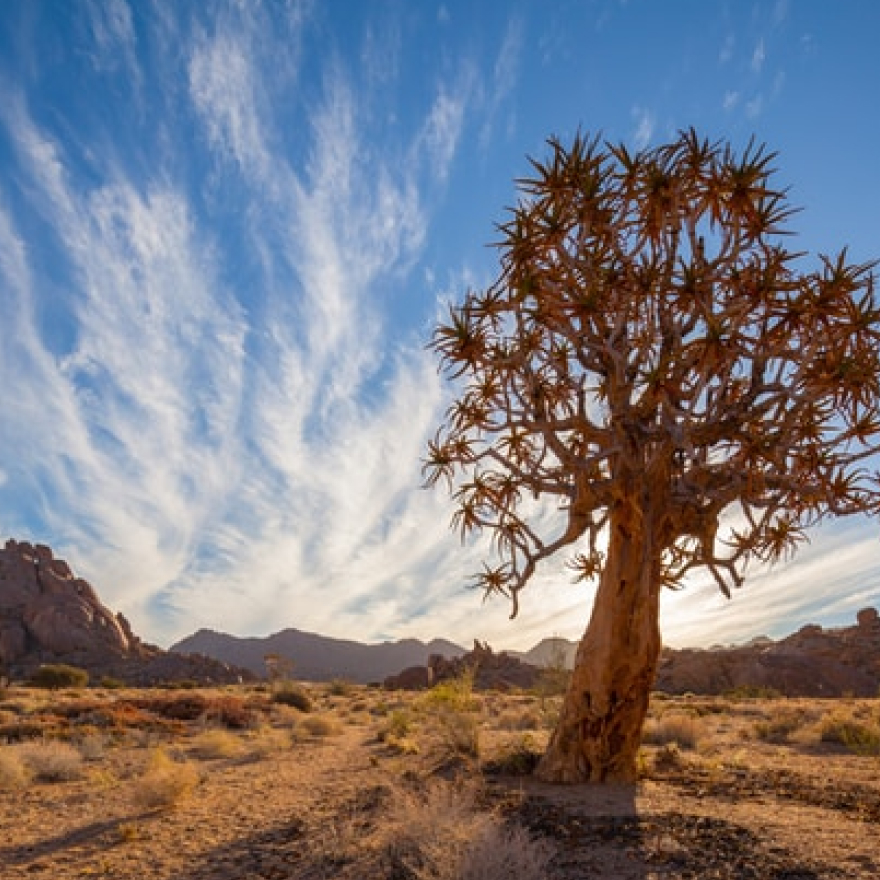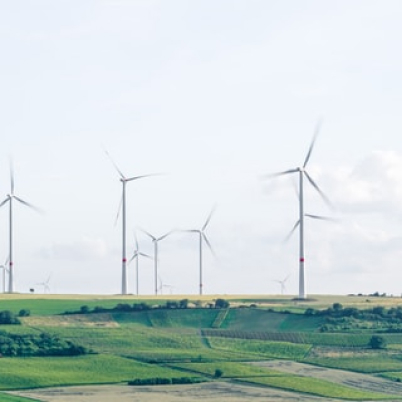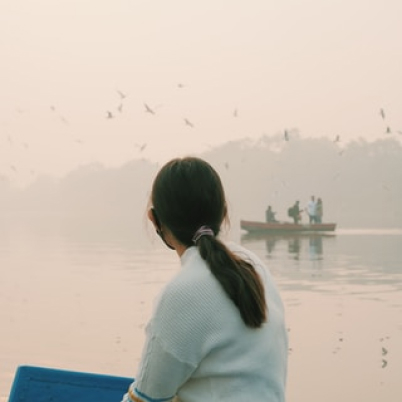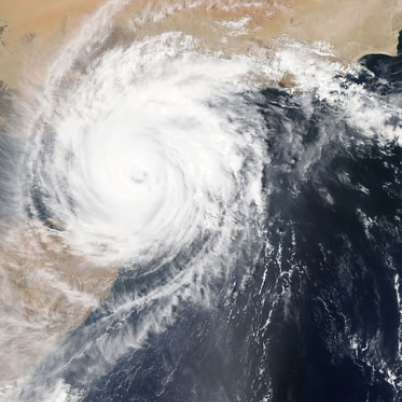I am Alisa Singer, a digital artist focused on using contemporary art as a vehicle to enhance the public’s understanding of the facts about climate change. I have created a series of digital paintings –, each of which uses as its basis a chart, graph, map, word or number representing a key fact about climate science.
The inspiration for the creation of Environmental Graphiti (back at the end of 2014) was a combination of frustration and bewilderment. I could not understand why people weren’t more alarmed by the facts and data that was being publicized about climate change. It occurred to me that many people were not interested in studying charts and graphs and that the graphic data that I found so persuasive and compelling could be translated into works of abstract art to make them more accessible to the public. (This idea actually grew out of an earlier experience I had with The Chicago Lighthouse for the Blind when I used messages in Braille as the basis for artistic Braille greeting card designs.)
Many people would not be interested in attending an exhibition of charts and graphs, but almost everyone loves art. The art is designed to be aesthetically interesting to draw people in, and seemingly abstract. But each piece is displayed with a wall plaque that shows the graphic data that formed the “blue print” for the art, as well as a message summarizing the key information from the data. Once people realize the art is actually derived from the graphic data they become more engaged in both the art and the underlying science.
Literally, everyone. Art is uniquely capable of opening doors and crossing boundaries – geographic, political, ideological – inviting people from all backgrounds into the conversation. Of course, I hope that climate science deniers will see the art and the related science and become convinced the issue is real and urgent. But there are so many aspects of global warming and climate change that even people who accept the science may not be aware of. I have created over 100 individual artworks, each based on a different aspect of climate change and its impact. (The galleries on my website are divided into categories to help tell the story: Why is our climate changing? How is our world affected? Who is at risk? What can we do? When can we hope to get climate change under control?”)
I was incredibly impressed by the commitment and integrity of the people I worked with and the way they safeguarded the credibility of the process. They were extremely careful to maintain their objectivity and to make sure the art did not compromise that neutrality and credibility. At the same time, every effort was made to allow for creative expression within those essential constraints. I was also impressed with their choice of graphics – the forward-looking graph from SR1.5 emphasized the choices we face to impact our future, and the world map for AR6 emphasized the global, as well as regional, impacts of climate change.
I am not a scientist and believe the inverse would be true – I’m hoping scientists will see my art as a way to help them to communicate their critical scientific messages. I have welcomed opportunities to create art from their important research when requested to do so. I believe the science makes the art more meaningful and the art makes the science more accessible. It’s a potent combination.
I have branched out a bit recently and created art derived from data relating to other causes, but I remain primarily focused on environmental science. I find myself regularly updating earlier pieces as the more recent data becomes available, as well as constantly creating new art as more issues come to the surface. My goal is to ensure the collection remains vibrant, current and relevant.

Ergon Theatre is a Manchester based company that makes performance based work about the climate crisis and futures.

Climate and tropical cyclone researcher and science educator.

2/3/21
Human-induced climate change, driven by increasing emissions of atmospheric greenhouse gases, remains an ever-increasing issue at the centre of climate science whilst also having implications for society, policymakers and governing-bodies.

1/3/21
A new law on climate change and the energy transition is about to come to light in Spain, with the aim of limiting global warming to 1.5 degrees and meeting the pledges made by the European Union at the Paris Agreement.

19/1/21
As I drove by the bridge on the river Yamuna, it looked calm, serene, and inviting. However, getting closer, the unmistakable smell of decay greeted me. The banks were full of rubbish and the river was black. The stillness of the calm and serene river turned out to be death.

15/6/20
Most of us engage with weather forecasts when we’re trying to plan our weekends, but they can also help us understand and cope with our rapidly changing climate.